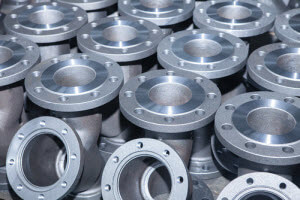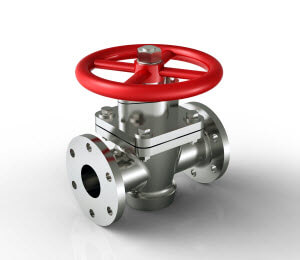Life-Cycle Costing: The True Cost Associated
Buying valves, tools, and other industrial devices for your company isn’t an ordinary purchase; it’s an investment that may require additional expenses over time. So how do you know if a product is worth your money? This is where life-cycle costing, or LCC, comes in and the true cost associated with it.
What is Life-Cycle Costing?
 Life-cycle costing is a popular method that emerged in the 1960s to help consumers determine the true cost of a product over its lifetime. The method quantified not only the cost to buy a product but also all ownership expenses, including repairs, maintenance, and installation and disposal fees.
Life-cycle costing is a popular method that emerged in the 1960s to help consumers determine the true cost of a product over its lifetime. The method quantified not only the cost to buy a product but also all ownership expenses, including repairs, maintenance, and installation and disposal fees.
An LCC analysis can give consumers an idea of how much they could spend on a new system, software, or part. On top of that, an LCC analysis can help businesses narrow down their options and decide whether an item is worth the expense.
How to Calculate the True Cost Associated
An life-cycle costing analysis combines all ownership expenses to determine the true cost associated with a product. However, the value calculated is only an estimate of an item’s overall cost. There are ways to calculate the real cost associated with a product more accurately, but they require expensive data collection procedures.
With that said, it’s best to base your buying decisions on qualitative parameters rather than just price. Doing this won’t show the amount of all the expenses a product may need in its lifetime, but it will help you determine if the product is worth your time and money.
Here are the steps you need to follow to create an life-cycle costing analysis table based on qualitative parameters, like this one seen in Valve Magazine.
1. Fill Table with Products and Parameters
 The first step when creating an life-cycle costing analysis table is to list all the products you’re considering on one axis. If you’re considering multiple products made by one company, categorize each product by brand.
The first step when creating an life-cycle costing analysis table is to list all the products you’re considering on one axis. If you’re considering multiple products made by one company, categorize each product by brand.
Then make a list of the parameters that are most important to you on the other axis. A few examples of parameters include product availability, ease of maintenance and application, and overall reliability. You can also add price to your list, but refer to it only as a qualitative feature, not a numerical value.
2. Rank Each Product
Next, rank each product on its ability to fulfill each parameter listed on a scale of one to five. For example, if a product has the lowest purchase price, you would give it a five. If another product has an average price point, you would give it a three.
3. Calculate Final Score for Each Product
Finally, add up all numerical scores for each product to determine its final score point. The item with the highest score point will be the one that’s best for your money and your company.
Life-cycle costing doesn’t just help you determine the true cost associated with a product. It also helps you understand which valves, tools, and devices are worth your time and your money and which items are best for your company.
For more cost-effective solutions to help you better run your business, read our post on how to calculate and budget manufacturing overhead.
